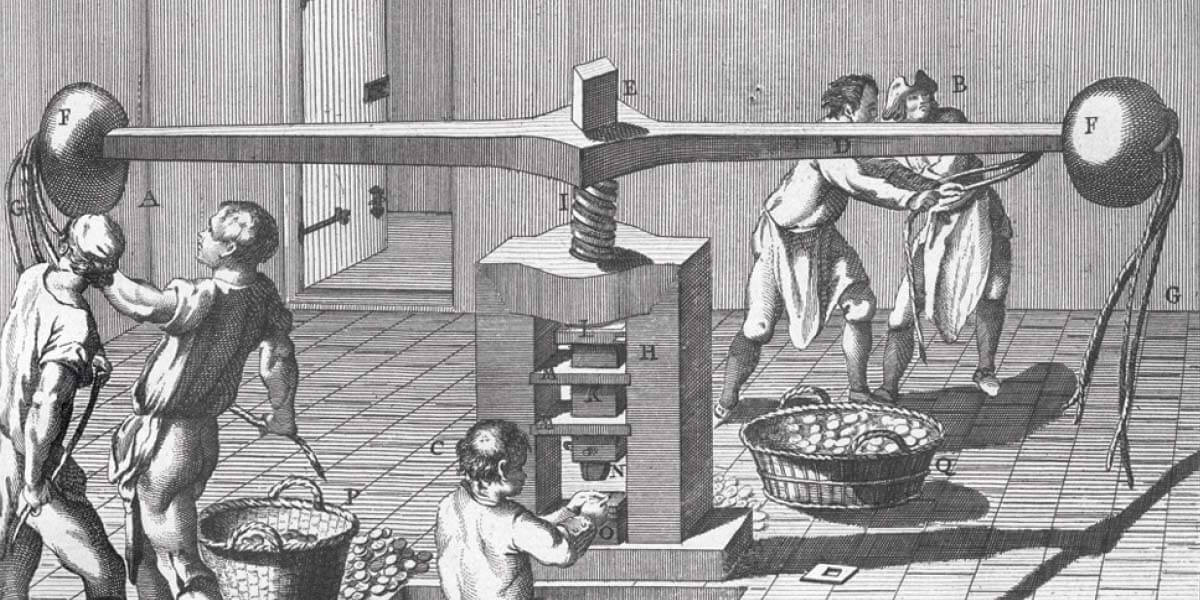The eldest surviving child of Charles I and Henrietta Maria, Charles II became Prince of Wales at the age of eight. When he was just 12, his father’s struggles with parliament led to the English Civil War, which eventually led to the execution of Charles I in 1649. Much of Charles II’s young life was lived in exile or fighting to regain his father’s throne.

In 1650, Charles II made his way to Scotland where he hoped to begin reclaiming the throne that he believed to be his. He agreed to the conditions of the Scottish parliament to establish and protect the Presbyterian religion, and was crowned King of Scotland at Scone Palace in 1651.
The endorsement of the Scottish prompted the Anglo-Scottish war, with Charles famously avoiding capture in a tree. In 1653, Oliver Cromwell became Lord Protector of England, Scotland, Ireland and Wales. All hope of returning to the throne seemed lost after Charles’ forces lost at the Battle of the Dunes in 1658.
However, Oliver Cromwell died less than three months after Charles’ defeat at the Battle of the Dunes. Cromwell’s less-experienced son, Richard, succeeded him as Lord Protector, but later resigned from the post in 1659. Parliament made the decision to recall Charles from exile, with the provision that he would abide by the terms of the Declaration of Breda, in which he promised to uphold religious toleration, forgive his enemies and respect the rights of parliament.

Charles II returned to London on his 30th birthday, which fell on 29 May 1660. Many celebrated his return to the throne and it saw the return of entertainment banned under Puritanism. Cromwell had melted down the Crown Jewels with the exception of a coronation spoon, so a new crown, orb and sceptre had to be commissioned for the king’s coronation in 1661; these form the basis for the Crown Jewels still in use today.
During Charles II’s reign, many changes occurred, most notably coin production. Before his reign, the majority of coinage was produced by hand. During Charles II’s reign, production became fully mechanised, with new machinery installed at the Tower of London for more efficient coin production. The new machinery included horse-drawn mills, edge-marking machinery, and large screw presses, which required more space on the premises.
Pierre Blondeau arrived in London from France to install the new machinery at the mint; he also operated the machinery used to apply edge lettering and milling to coins in order to prevent counterfeiting. The practice of clipping coins was prevalent with hammered coins, where a counterfeiter would clip portions of gold and silver, melting it down for creating fraudulent coins.

While the new machinery made the coins produced at the Tower of London more uniform, the production process was still labour intensive. The rolling mills required six horses, four to operate the mills and two to provide rest rotation. The screw presses required a team of seven, with four to operate the machinery and three to provide a rest rotation in 20-minute periods.
Approximately 30 coins were struck every minute, which was rapid at the time. The process involved a young moneyer, sat at eye level, adding a blank to the press. Then, they would have to flick away the finished coin with their middle finger at the same time as placing a fresh blank in the press with their thumb and index finger. Unsurprisingly, injuries were common; the great engraver Pistrucci noted that most moneyers had lost one or more finger joints when he first arrived at the mint.
Interestingly, hammered coinage production continued alongside the introduction of the new coinage machinery to keep up with demand. After a short while, machinery became the main method of production and hammered production phased out. The reign of Charles II also saw the introduction of the guinea, the first official copper coinage, and tin coinage.

The introduction of copper coins to circulation also saw the return of Britannia depicted on coinage, who hadn’t been struck onto money since the Romans ruled Britain. Tin replaced copper coinage in 1684 in an attempt to stimulate the Cornish tin industry, as tin was readily available. However, a small plug of copper was inserted into the coins to make them harder to counterfeit.
It was during the reign of Charles II that several notable historical events occurred, particularly an outbreak of the bubonic plague and the Great Fire of London. Charles II’s reign also saw the end to the Puritan era, with entertainments, sports, dress and commercial activities becoming more extravagant. Passionate about the theatre and poetry, Charles II was an advocate for the arts, and his reign saw women act on the stage for the first time. The king was also a keen scientist, establishing the Royal Society, and the Royal Observatory at Greenwich.
Despite acknowledging several illegitimate children, Charles II died without an heir to the throne, as he never had any legitimate children with his wife, Catherine; this meant that his unpopular Catholic brother James would inherit the title of king.



